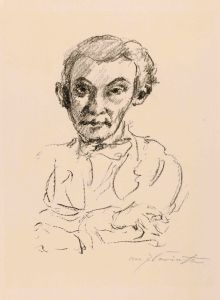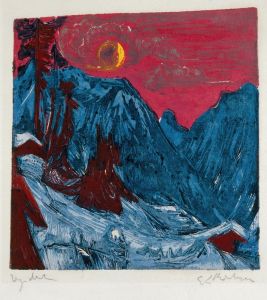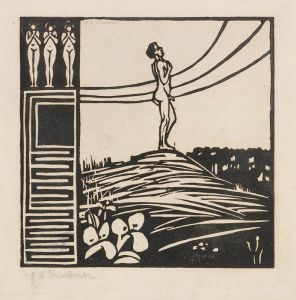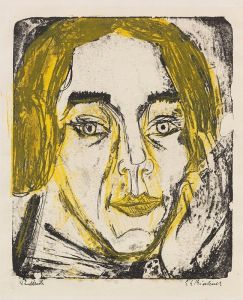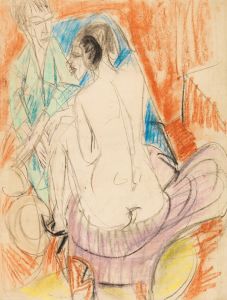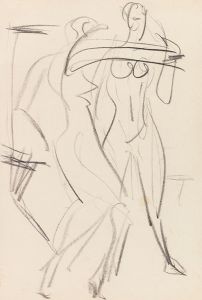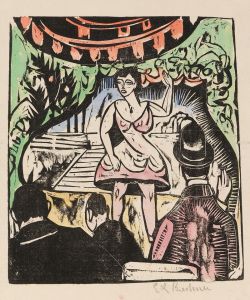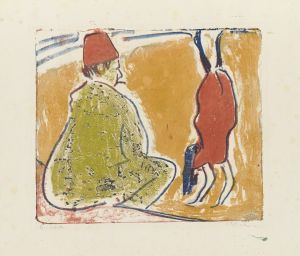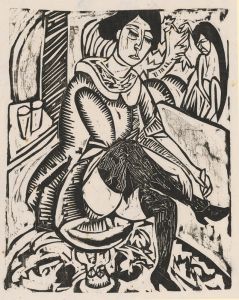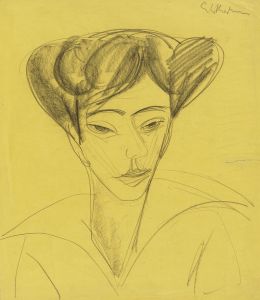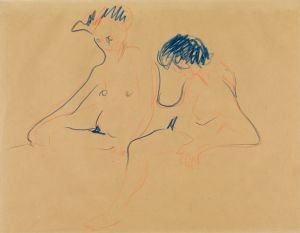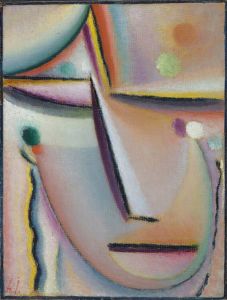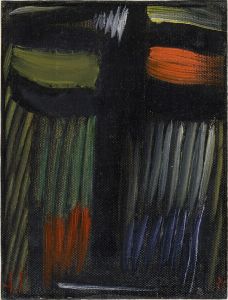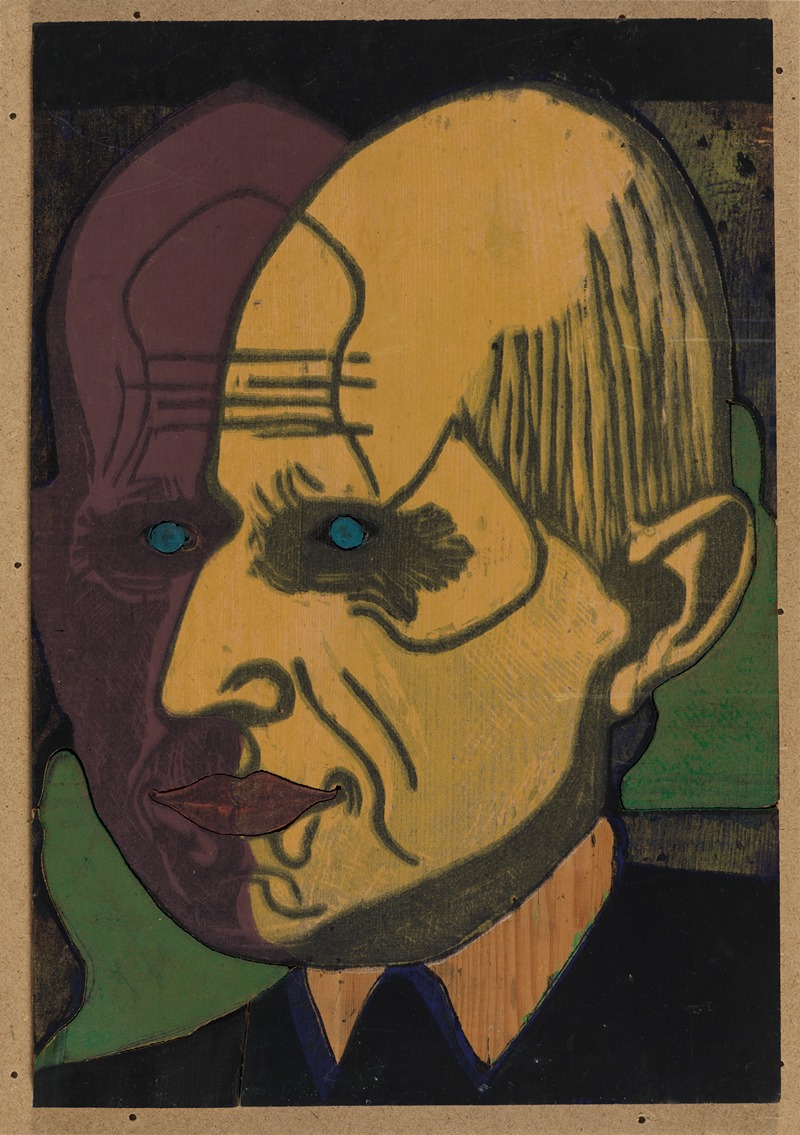
Kopf Dr. Bauer, Farbstock II
A hand-painted replica of Ernst Ludwig Kirchner’s masterpiece Kopf Dr. Bauer, Farbstock II, meticulously crafted by professional artists to capture the true essence of the original. Each piece is created with museum-quality canvas and rare mineral pigments, carefully painted by experienced artists with delicate brushstrokes and rich, layered colors to perfectly recreate the texture of the original artwork. Unlike machine-printed reproductions, this hand-painted version brings the painting to life, infused with the artist’s emotions and skill in every stroke. Whether for personal collection or home decoration, it instantly elevates the artistic atmosphere of any space.
Ernst Ludwig Kirchner was a prominent German expressionist painter and one of the founding members of the artist group Die Brücke (The Bridge), which played a pivotal role in the development of modern art in the early 20th century. Kirchner's work is characterized by its bold use of color, dynamic compositions, and a focus on the human figure, often exploring themes of modernity and urban life.
"Kopf Dr. Bauer, Farbstock II" is one of Kirchner's notable works, although specific details about this particular painting are not widely documented. Kirchner's portraits often reflect his interest in the psychological depth of his subjects, capturing their essence through expressive brushwork and vibrant colors. His style was heavily influenced by the Fauvism movement and the works of Vincent van Gogh, which is evident in his use of exaggerated forms and non-naturalistic colors.
Kirchner's artistic journey was significantly shaped by his experiences during World War I and his subsequent struggles with mental health. After serving in the military, he suffered a breakdown and spent time in various sanatoriums, where he continued to paint and develop his distinctive style. His work from this period often reflects a sense of anxiety and tension, mirroring the turbulent times he lived through.
The Die Brücke movement, which Kirchner co-founded in 1905, sought to create a new form of artistic expression that bridged the gap between traditional academic art and the avant-garde. The group was known for its radical approach to art, emphasizing the importance of individual expression and the emotional impact of color and form. Kirchner's contributions to Die Brücke were significant, as he helped to define the group's aesthetic and philosophical direction.
Throughout his career, Kirchner was deeply influenced by non-European art, particularly African and Oceanic art, which he encountered in ethnographic museums. This influence is evident in his use of simplified forms and bold patterns, which he integrated into his own work to create a unique visual language.
Kirchner's legacy is marked by his profound impact on the expressionist movement and his ability to capture the complexities of modern life through his art. His works are held in major collections around the world, and he is regarded as one of the leading figures of German expressionism. Despite facing personal and professional challenges, including the condemnation of his work by the Nazi regime, Kirchner's art continues to be celebrated for its innovative approach and emotional depth.
While specific information about "Kopf Dr. Bauer, Farbstock II" is limited, it can be appreciated within the broader context of Kirchner's oeuvre, which consistently explores the interplay between color, form, and emotion. His portraits, in particular, offer a window into the artist's perception of the world and his ability to convey the inner life of his subjects through his distinctive expressionist style.






